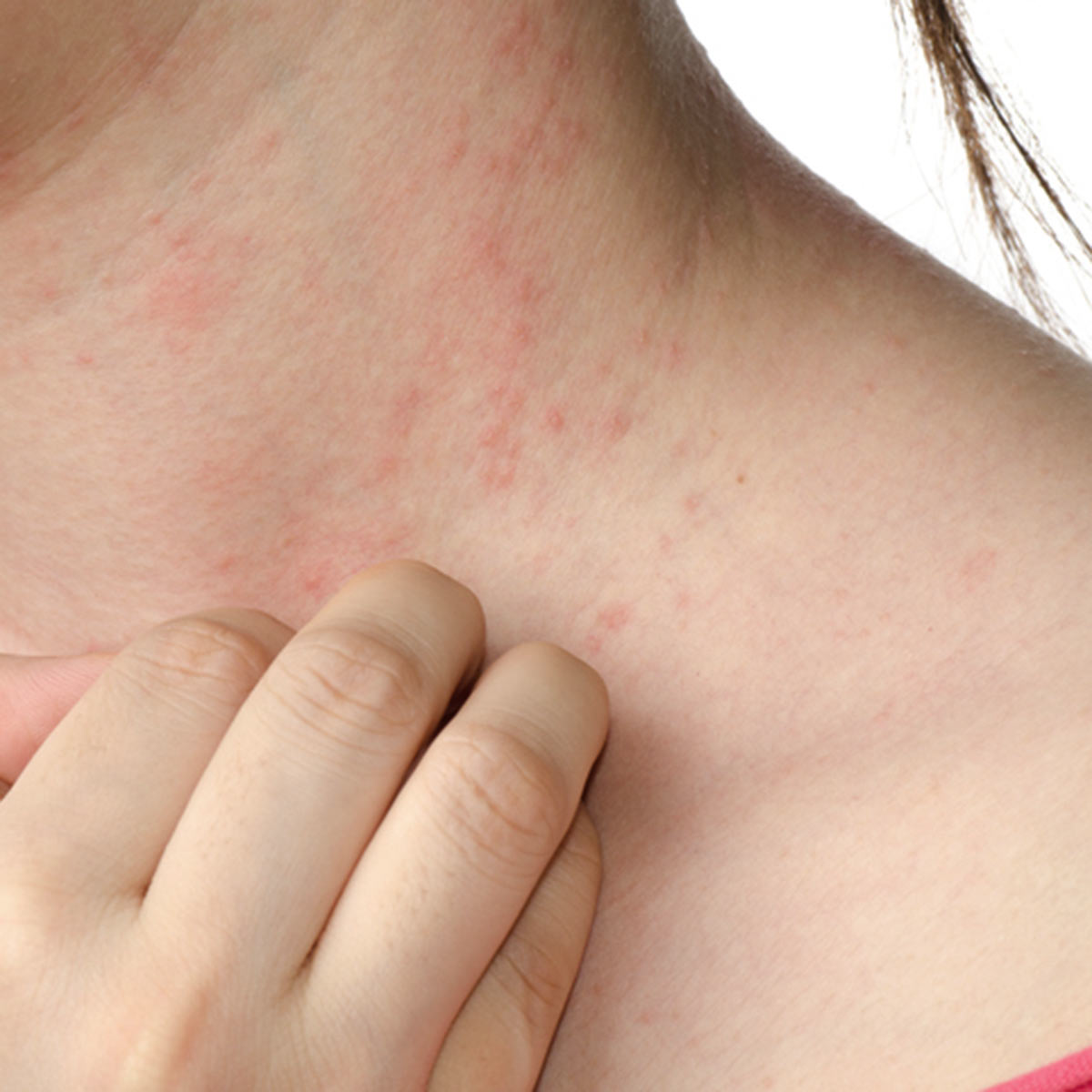
A skin rash can be both alarming and uncomfortable, emerging in various forms and for a variety of reasons: a rash can manifest as red patches, small bumps, or blisters on the skin. Rashes might indicate an allergic reaction, a temporary skin condition, or an ongoing underlying health condition.
About the condition
What is a rash?
A rash is a notable change in the texture or color of the skin. It may appear on a small part of the body or spread across a larger area. Rashes can be painful, itchy, or even lead to swelling. Their presence can be due to a plethora of causes, from mild allergies to significant health concerns.
Rashes can exhibit various symptoms such as:
- Flaky or scaly skin
- Redness or inflammation
- Itchy spots or all over itchiness
- Bumps, spots, or blisters
- Stinging or burning sensation
When should I see a dermatologist about a rash?
If a rash doesn’t fade on its own within a few days, or if it’s causing significant discomfort, it’s advisable to see a dermatologist. Some rashes might indicate more serious underlying conditions or become infected. At Valley View Dermatology, our experienced providers can diagnose the root cause of your rash and provide a tailored treatment approach, ensuring both comfort and safety.
Locations treating rashes
Dr. Swift completed my semi-annual review of potential skin issues of which I had discovered and had questions about six different areas. For my peace of mind, she put my concerns to rest with all I had found. She had also found numerous other location that also were of no concern. Guess I'll need an invest in a giant sized magnifying glass! Good job, Dr. Swift.”
Schedule an appointment
Don’t let a persistent rash disrupt your daily life. Reach out to our team at Valley View Dermatology today. We’re here to offer expert advice and effective treatments tailored to your needs.
Call 971-374-2150
